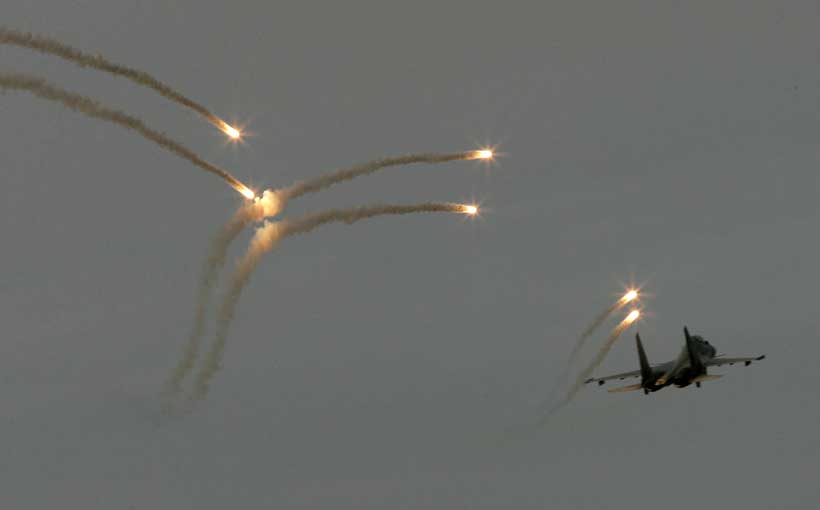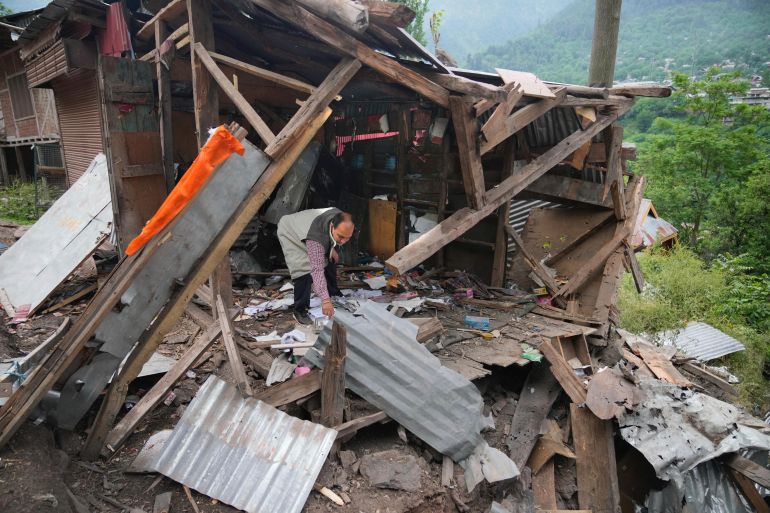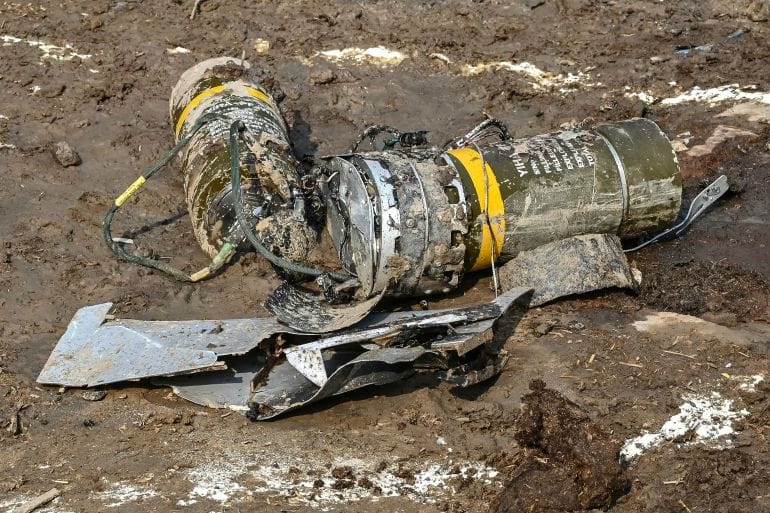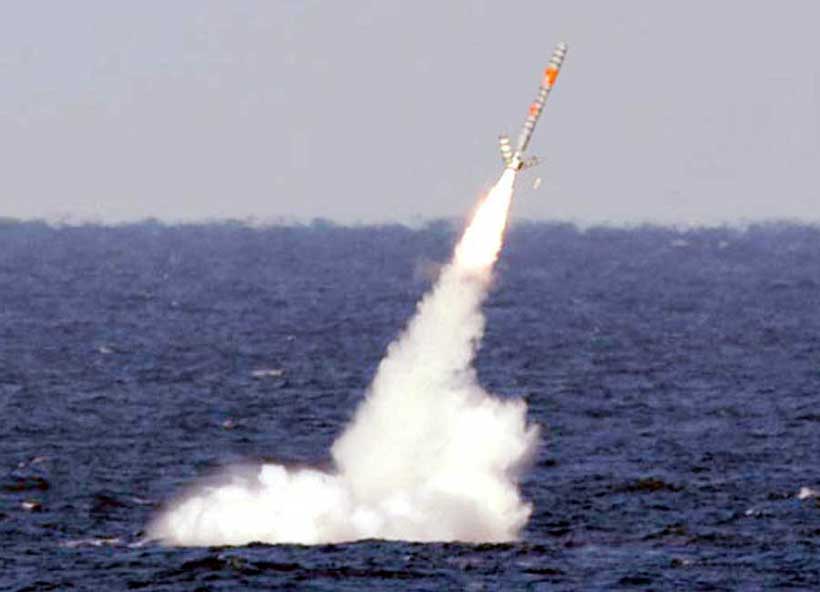South Asia and the Possibilities of a Regional War
The military confrontation India and Pakistan has ended. At least for now, there is no noticeable escalation, exchanges of fire, or use of artillery on the line of contact. The day before, President Donald Trump announced that India and Pakistan, with the mediation of the United States, had agreed to an immediate and complete ceasefire. “After a long night of negotiations, mediated by the United States, I am pleased to announce that India and Pakistan have agreed to a complete and immediate ceasefire,” Donald Trump said. US Secretary of State Marco Rubio had recently called both Pakistani and Indian officials, offering to mediate the talks. Pakistani Foreign Minister Ishaq Dar said the British Foreign Secretary played a key role in reaching the ceasefire agreement. Secretary Rubio thanked the two prime ministers, Narendra Modi and Shahbaz Sharif, for their “statesmanship in choosing the path of peace.” According to the Indian Foreign Ministry, Pakistan’s chief of military operations called his Indian counterpart, and both sides agreed to cease air, land, and sea strikes.
However, it appears that the parties did not plan for a large-scale armed conflict. Donald Trump’s statements look more like an attempt to portray himself as a peacemaker. And Pakistan’s statements about the role of the British show London’s obvious support for Islamabad. Both India and Pakistan are huge countries. However, the balance of power in the region has been established and will be entrenched for many years to come. And within this balance, India is the largest, richest, and most powerful regional hegemon in South Asia. India is six times larger, its population is approaching 1.5 billion people (first place in the world), while Pakistan’s population is about 250 million (fifth place). India is significantly richer: by GDP – about ten times (over 17 trillion dollars, or 8.5% of world GDP versus 1.67 trillion, or 0.8% of world GDP for Pakistan); by GDP per capita – almost twice (12 thousand dollars versus 7 thousand for Pakistan).
India is among the top five world leaders in military spending, with more than 86 billion dollars in 2024, while for Pakistan, this figure is about 10 billion dollars. Moreover, India is only increasing its military spending, while for Pakistan, it fell by 5% in 2024. India and Pakistan have fought three times: in 1947-1948, 1965, and 1971. All these conflicts ended in victories for Delhi. India tested a nuclear weapon in 1974, an operation called “Smiling Buddha”. Pakistan received nuclear weapons in 1998. India, under Narendra Modi rule, given its increased potential, strives to play a global role and claims the role of a great power. Pakistan is a power on a completely different scale.
However, nuclear weapons have not stopped the conflict between the two neighboring countries. But it is precisely they that have so far prevented a major war from breaking out in the region. Thus, it is possible to predict with a high degree of probability the results of any large-scale conflict between the two countries. At the same time, if the presence of nuclear weapons and different levels of economic development and military potential reduce the possibility of a large-scale conflict, tension on the border is quite possible and even inevitable.
One of the signs of the likelihood of a protracted confrontation is the extremely militant mood in the societies of both countries. “Justice strikes,” declared an editorial in one of India’s leading English-language newspapers, praising the “sharp” and “resolute” response to the killing of 26 Hindus. On May 10, the conflict between the two nuclear powers reached a new level when the Pakistani government announced a major military operation against India. Explosions were heard in northern India on the evening of May 9. India then launched missile strikes on three Pakistani air bases near Rawalpindi – Nur Khan, Murid and Shorkot. As the conflict escalated along the Line of Contact in Jammu and Kashmir and on the Indo-Pakistan international border, Pakistan’s armed forces made heavy use of some 300-400 drones, manufactured and supplied by Turkey. Of the nearly 400 drones sent by Pakistan, “Indian armed forces shot down a few of these drones through kinetic and non-kinetic means,” the government said. Initial evidence from the drone debris indicates that they were from Turkey’s Asisguard Songar. Turkey did not@ condemn the terror attack on civilians in Jammu and Kashmir or offer condolences to the families of Hindu tourists killed by the terrorists, and has fully supported Pakistan.
The growing alliance between Turkey and Pakistan could become a major factor in the regional balance. Pakistani Prime Minister Shehbaz Sharif expressed gratitude to Turkey for its “unwavering support” for Kashmir. Immediately after the Pahalgam attack, Turkey reportedly sent a huge amount of military equipment to Pakistan to help Islamabad stockpile against any Indian action. Six Turkish warplanes were reported to have arrived in Pakistan, allegedly carrying Turkish-made weapons and military equipment – reports that were denied by Ankara. Turkey could not deny the presence of its C-130 warplane, as it was detected by global air surveillance systems, but denied that any weapons had been sent.
On May 7, India launched a military operation called Operation Sindoor against, as Delhi said, “terrorist infrastructure” in Pakistan in response to the attack. Pakistan responded by striking targets in India and claims to have shot down several Indian fighter jets. On April 22, Lashkar-e-Taiba terrorists killed 26 Hindu tourists in the town of Pahalgam, in the Indian-administered region of Jammu and Kashmir. India called its military operation Operation Sindoor, a word referring to the red powder that married Hindu women traditionally apply to their faces. The name refers to the women who were left widowed after the Pahalgam attack.









